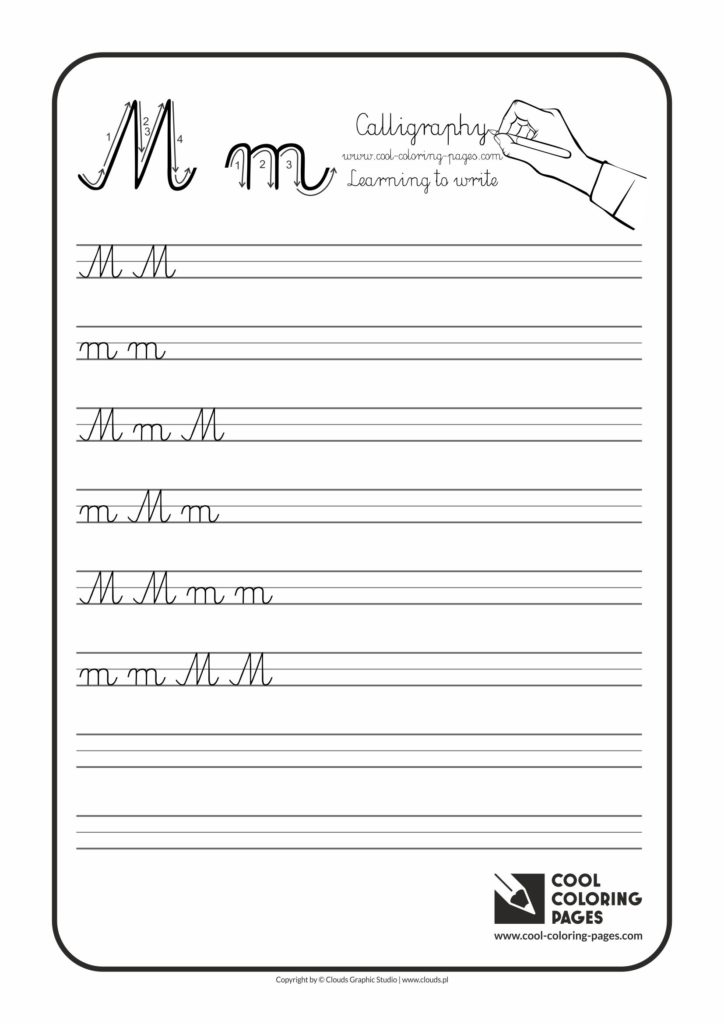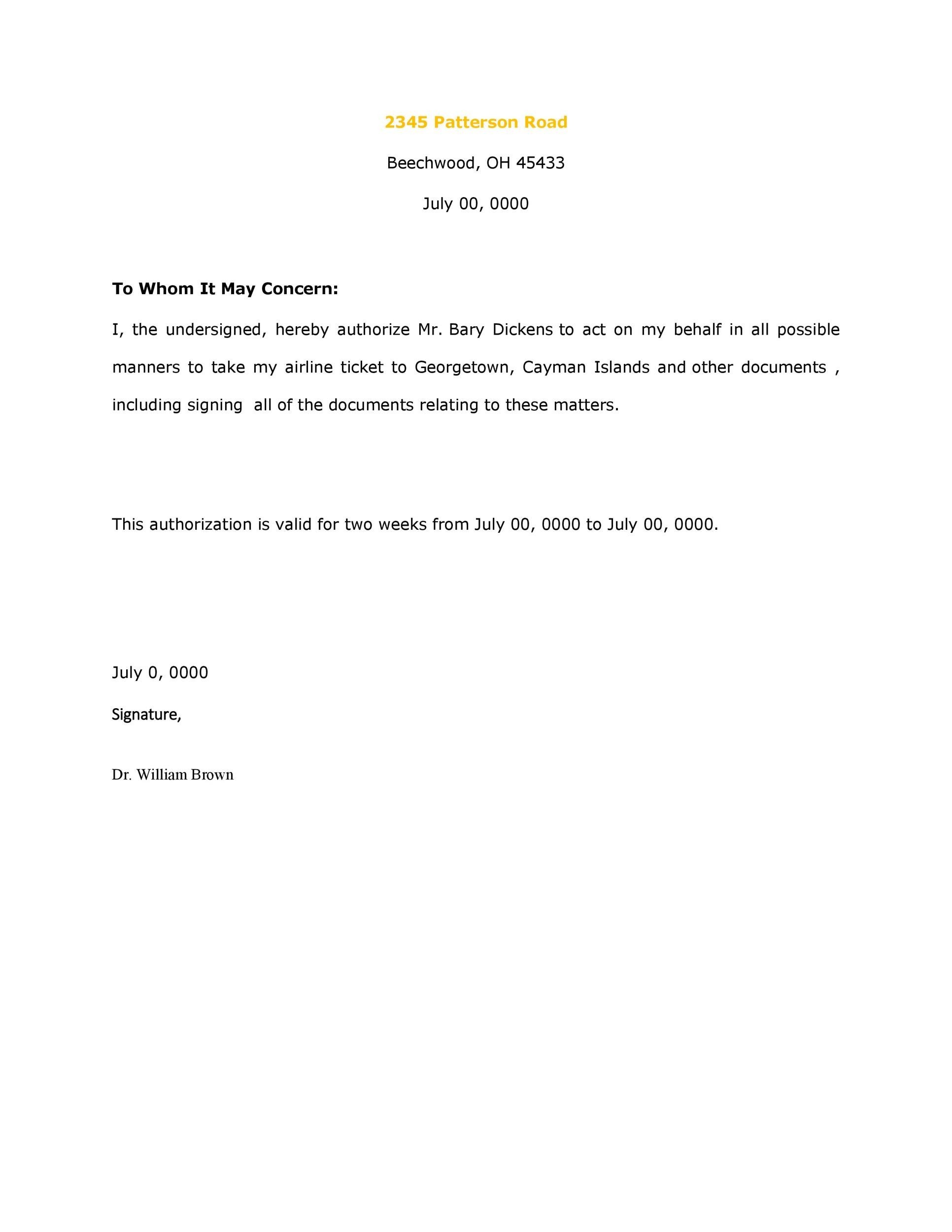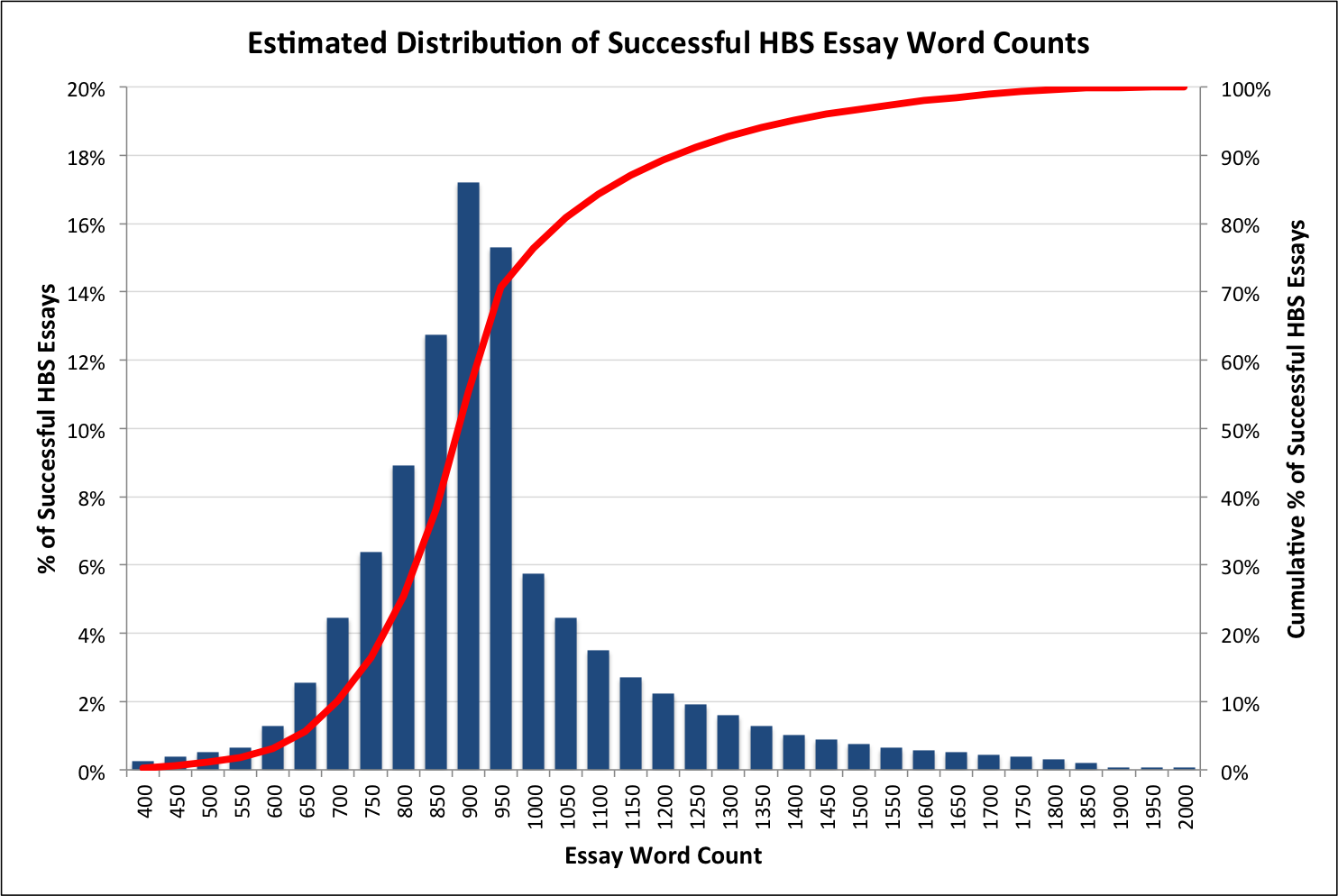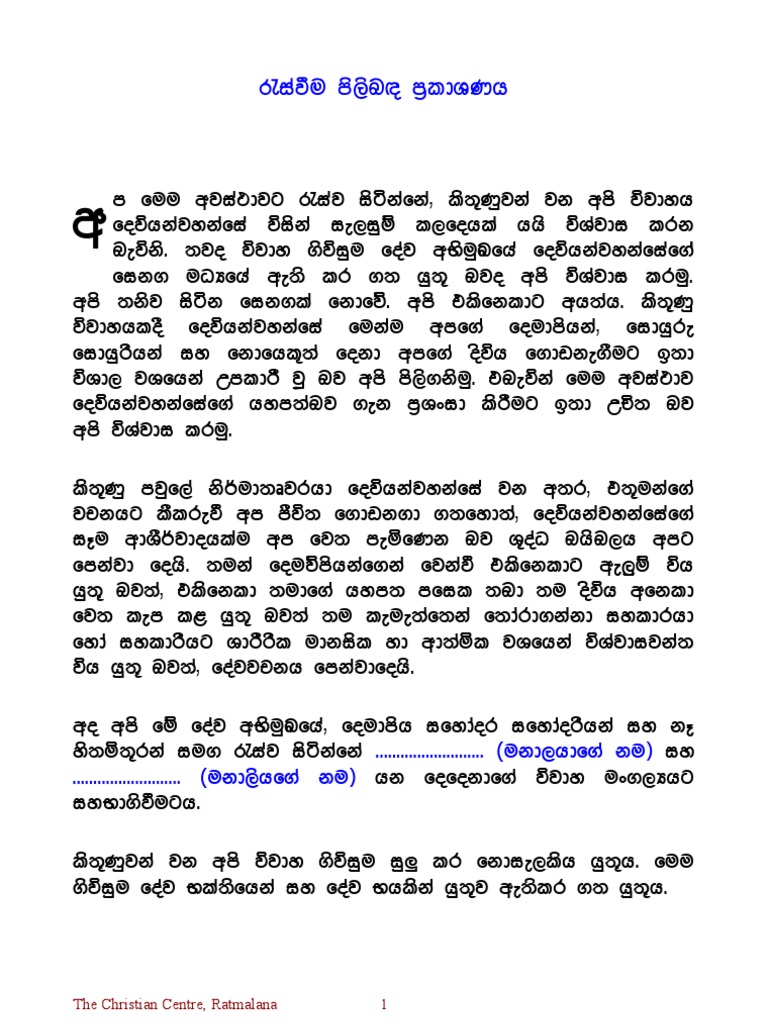What is Boundary Value Analysis (BVA) of Black Box Testing.
Equivalence Partitioning and Boundary value analysis are linked to each other and can be used together at all levels of testing. Based on the edges of the equivalence classes, test cases can then be derived. Each boundary has a valid boundary value and an invalid boundary value.It's important that all testers should be able to write test cases based on Equivalence Partitioning and Boundary Value Analysis. Taking this into consideration ISTQB is having significant importance for this topic in the ISTQB Foundation level Certificate exam.Good practice and logical thinking can make it very easy to solve these questions.Equivalence partitioning is a technique of software testing in which input data is divided into partitions of valid and invalid values, and it is mandatory that all partitions must exhibit the same behavior.
Equivalence Partitioning: The word Equivalence means the condition of being equal or equivalent in value, worth, function, etc. The synonyms for the word are equal, same, identical etc. Equivalence Partitioning is a black box technique to identify test cases systematically and is often the first technique to be applied when designing test cases.In an earlier article we have gone through the functional testing and one of its types. Now we will study the remaining testing techniques. We have covered Boundary Value Analysis and now we will check other techniques like Equivalence class testing and decision table testing.

Equivalence Partitioning also called as equivalence class partitioning. It is abbreviated as ECP. It is a software testing technique that divides the input test data of the application under test into each partition at least once of equivalent data from which test cases can be derived.












